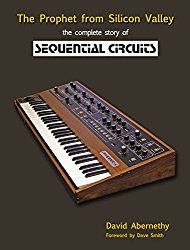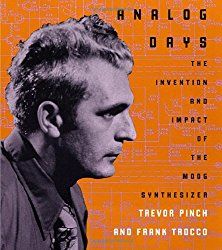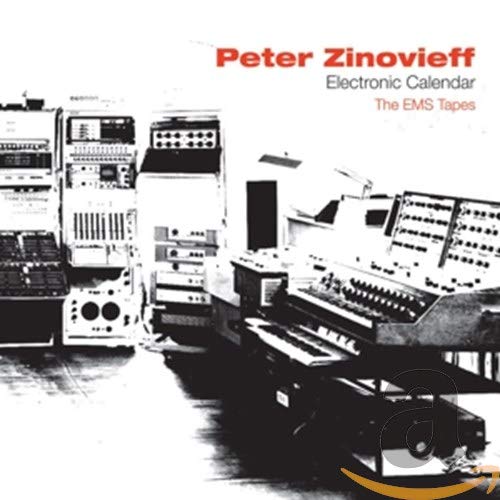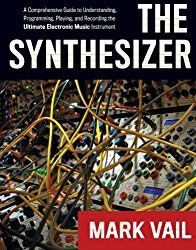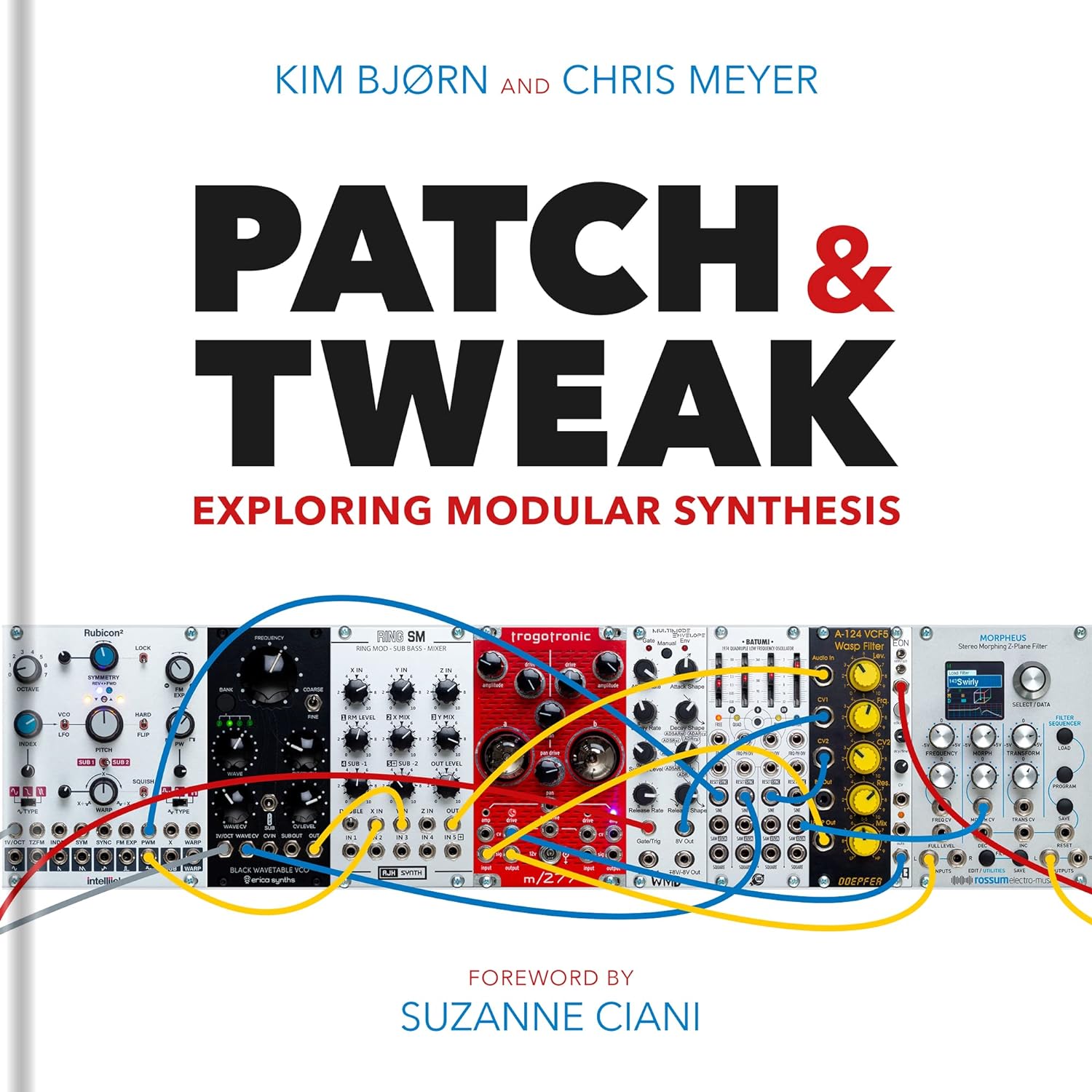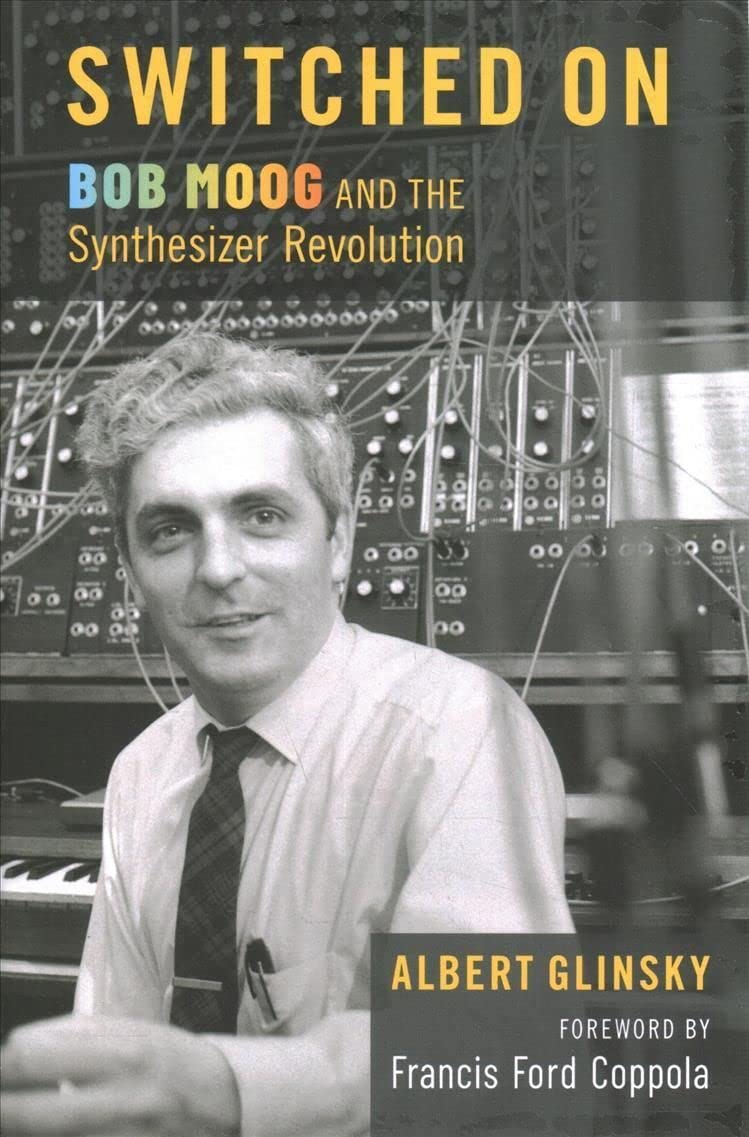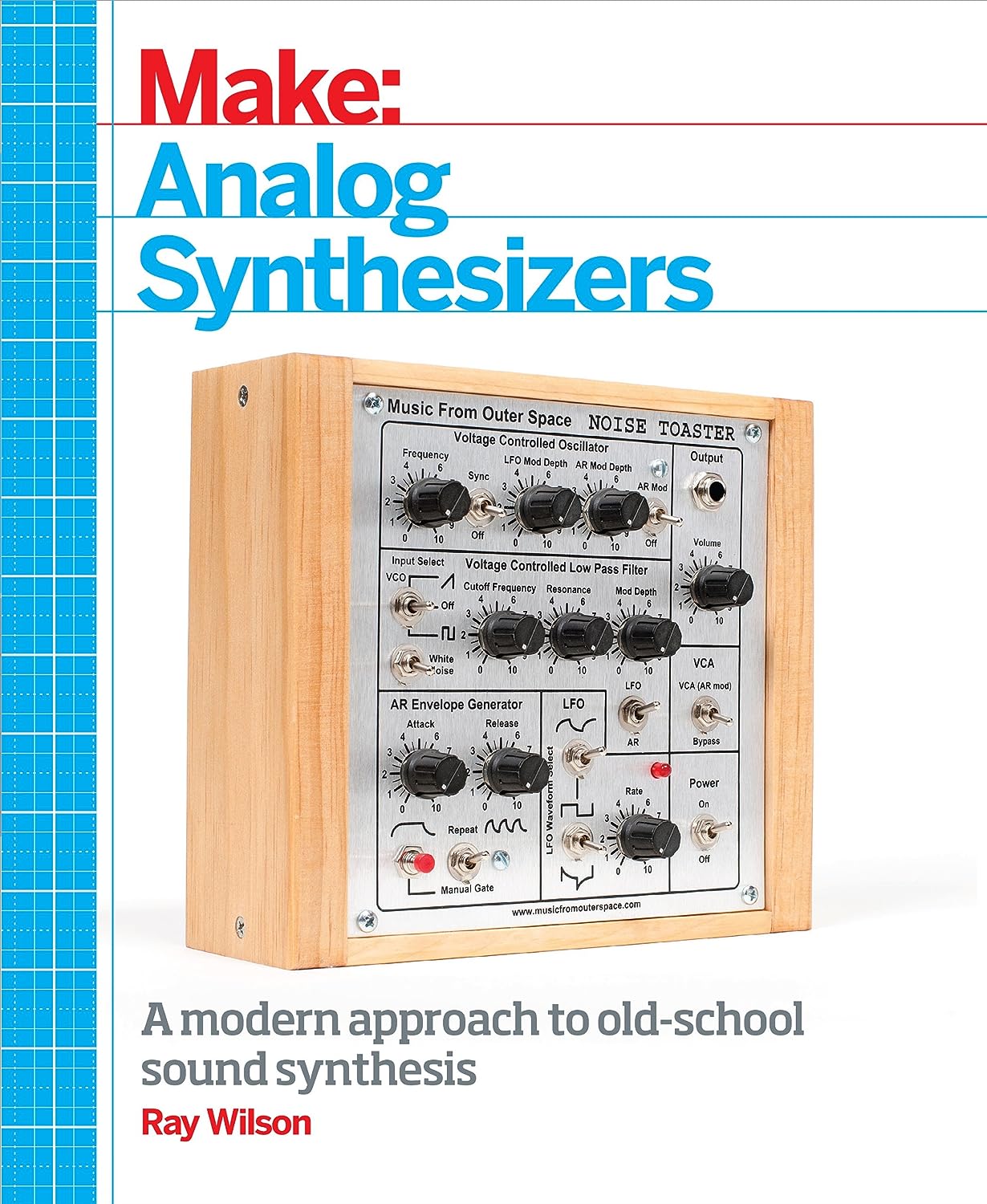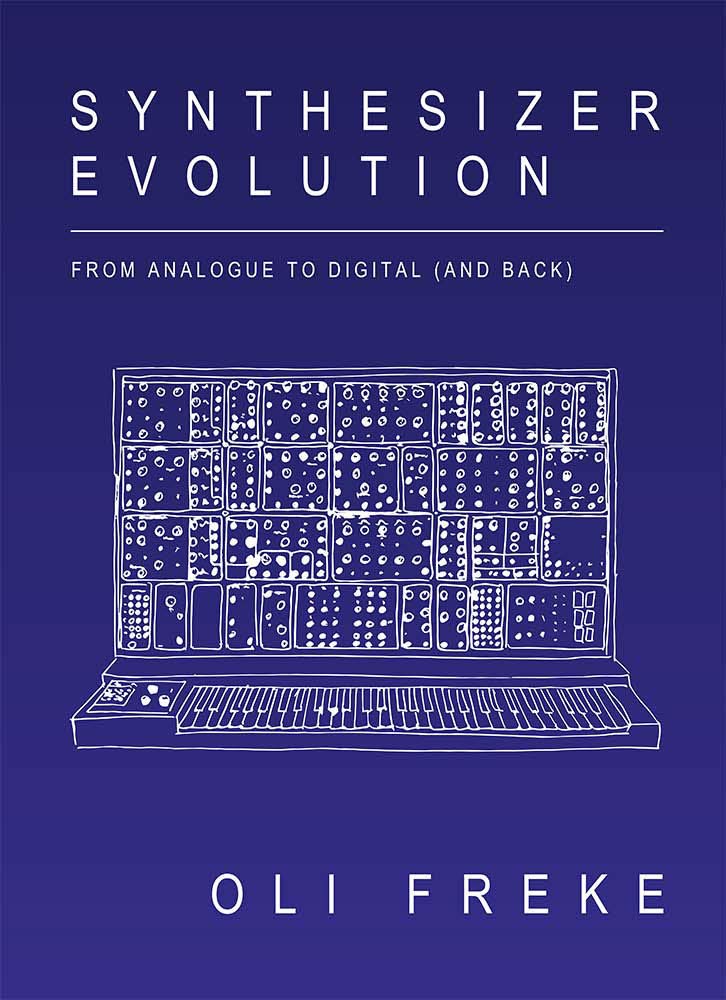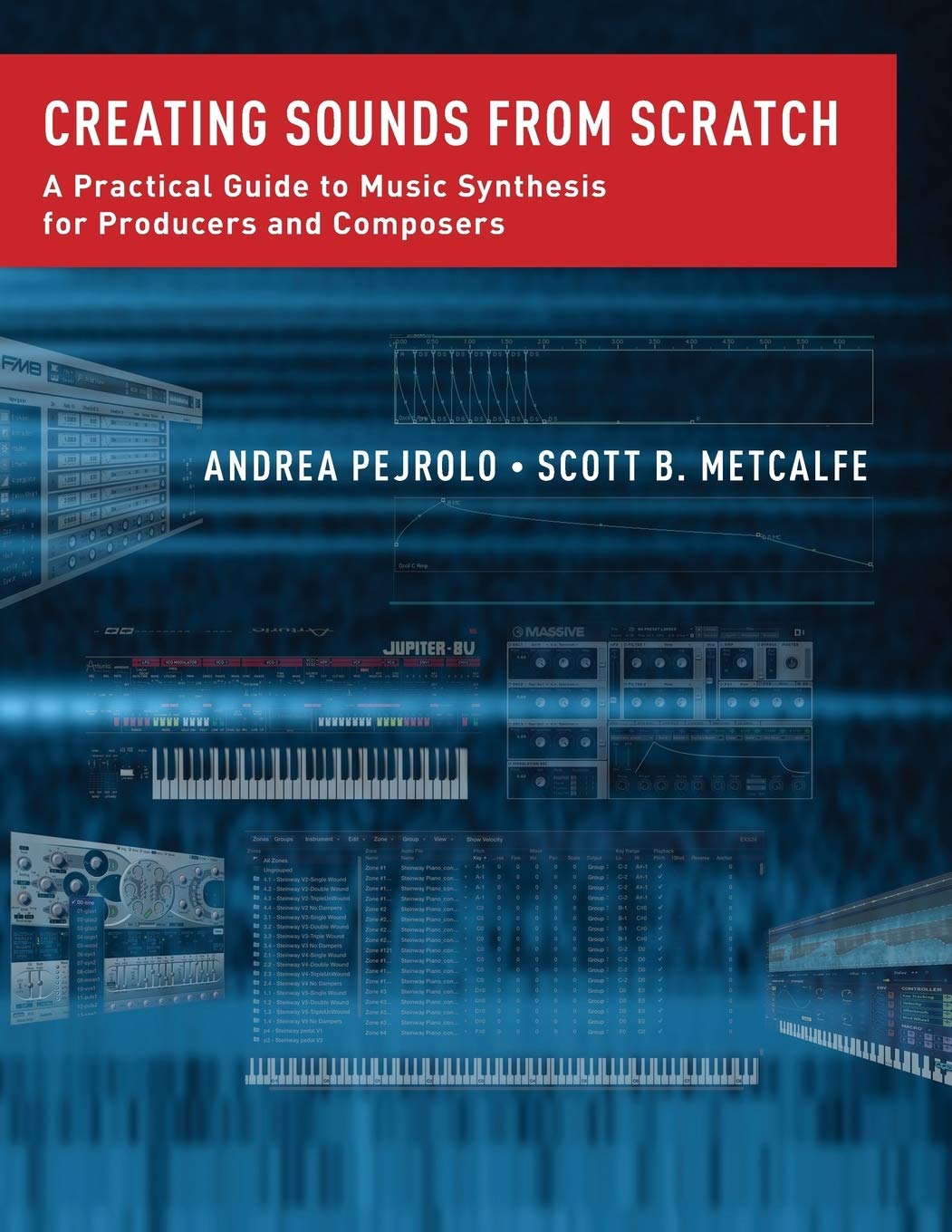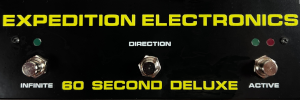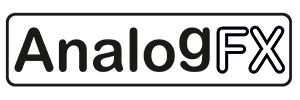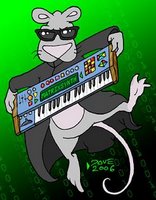video upload by oddment
Demos
video uploads by oddment
Playlist:
1. ODD-1 Overview: Playheads
For a long time now we have tried to live by the words of the great Michael Bolton from the movie Office Space, "why should I change when he's the one who sucks?" But language evolves, and unfortunately, the word “grok” has taken on associations that are problematic. Oddment has evolved too. Starting from one quirky product idea, in 3 years we have grown and are now ready for manufacturing and fulfillment of this product, with ambition to make it the first among many. So with much consternation, we have decided to drop the name groc. When we thought about a new name, we thought that what we have is a little unusual, perhaps a little outside the norm...you might even call it, the ODD-1. This is the first in a series of videos to show all of the ODD-1's functions in more detail. In this one we show off half of the encoders that control the granular synthesis engine - the PLAYHEADS function. Here you can control the level, starting point, tuning (aka pitch adjustment) and playback speed for up to 4 different granular playheads. The auxiliary functions available on the touch screen introduce random variability in different ways.2. ODD-1 Overview: Grains
This is the second in a series of videos to show all of the ODD-1's functions in more detail. In this one we show off the second half of encoders that control the granular synthesis engine - the GRAINS function. Here you can control the size, spacing, left-right placement, and grain window shape. Each control also has a related function, introducing grain size variability, spacing jitter, binaural scatter, and a front-back bias for the window shape. The auxiliary functions available on the touch screen control a bandpass filter that can be randomized per grain and adjust whether grain size is regulated in the source sample or in the output signal, which can have a big impact on sound characteristics.3. ODD-1 Overview: 03 Envelopes & Time Path
This is the third in a series of videos to show all of the ODD-1's functions in more detail. In this one we show off the ENVELOPES function. Here you can control the note amplitude envelope and timing, access 3 envelopes that can be used as modulation sources, and use our unique TIME PATH feature to dynamically adapt the playback speed.4. ODD-1 Overview 04: Sample
This is the fourth in a series of videos to show all of the ODD-1's functions in more detail. In this one we show off the SAMPLE function. Here you can choose a sample from the factory library or user-uploaded samples, control the playback mode and the section available for granulation, play and hold notes, set loop points and interact with pitch, tempo and channel information of the sample. We also show the auto pitch and tempo alignment features.5. ODD-1 Overview 05: LFOs, Macros, Patching
This is the fifth in a series of videos to show all of the ODD-1's functions in more detail. In this one we show off the LFOs, Macros and how to create modulation connections. There are 4 LFOs, 3 Envelopes, 4 Macros (assignable knobs), 4 Control inputs and MIDI information that can all act as modulation sources. Any parameter on the device is a parameter destination. Unlimited connections are made by holding down a destination parameter and then pressing or twisting a modulation source.6. ODD-1 Overview 06: Filters, Saturation, Echoes
This is the sixth in a series of videos to show all of the ODD-1's functions in more detail. In this one we show off the Filters, Saturation and Echoes modules. Two filters and two saturation modules per voice, both with multiple types of processing and modulatable parameters, allow for transformation beyond the granular engine. Two echoes sections with filtering and distortion in the feedback loop and fully modulatable parameters make ODD1 worthwhile just as a modular effects rack!7. ODD-1 Overview: 07 Layers
This is the seventh in a series of videos to show all of the ODD-1's functions in more detail. In this one we show the dual Layer functionality. Essentially the entire system is duplicated so the ODD-1 is like having a dual modular systems, each with a polyphonic granular engine feeding two filters and two non-linear processors per voice, with 3 envelopes, 1 time path, 4 LFOs, 4 Macros and a independent modulation matrix per layer. In these examples we also remind that granular can easily do subtractive-style synthesis when using a basic waveform as the source sample.8. ODD-1 Overview 08: Reverb & System
The final video in our eight-part series on the ODD-1's functions focuses on the upper-left row where we have global volume, system-level reverb and can work with banks of patches.And from their newsletter:
The reverb is a classic matrix-style parametric reverb. Think of it like a whole set of interacting delay units with slowly modulating delay times. Ok now that you have that in mind, that's it, that's what it is. It sounds sweet.
If two layers of modulating, granular goodness with a fantastic reverb on top wasn't enough, how do banks of patches to store every twist and connection sound?
What’s in a name?

 For a while now we have tried to live by the words of the great Michael Bolton from the movie Office Space, "why should I change when he's the one who sucks?"
For a while now we have tried to live by the words of the great Michael Bolton from the movie Office Space, "why should I change when he's the one who sucks?"But language evolves, and unfortunately, the word “grok” has taken on associations that are problematic.
Oddment has evolved too. Starting from one quirky product idea, we have grown in three years and are now ready for manufacturing and fulfillment of this product, with ambition to make it the first among many. And with much consternation, we have decided to drop the name groc.
When we thought about a new name, we thought that what we have is a little unusual, perhaps a little outside the norm...you might even call it, the ODD-1.
And we plan to keep that off-beat attitude. We hope that brightly-colored friends, ODD-2 and ODD-3, will be along to join ODD-1 after not too long.
Build Updates
We have a lot of exciting progress to report since the last time I wrote. Hop over to our YouTube channel to check out a build update video and some in-depth functionality demos.
We debugged and fixed several problems with the circuit board including the power-up, line input and output, and noise on the control signal inputs.
We got several bids from contract manufacturers in the U.S. and around the world and selected Soldered, based in the E.U. They came highly recommended, and we think their experience will be a huge asset as we go into production.
We worked with Martyna Alexander to tweak the graphic design of the front and back panel. We are thrilled with the updates, including our new company and product logos.
We have first iterations of our custom firmware, enabling full functionality of the device and full USB connectivity to a host computer.
We have completed first versions of the software that include all audio, MIDI and system functionality we intend to support for the release. After many months of playing and testing we re-organized a few functions to expand both the number of concurrent grain “playheads”, and to support banks of patches intended for convenient switching and management in live performance.
What’s Next?






